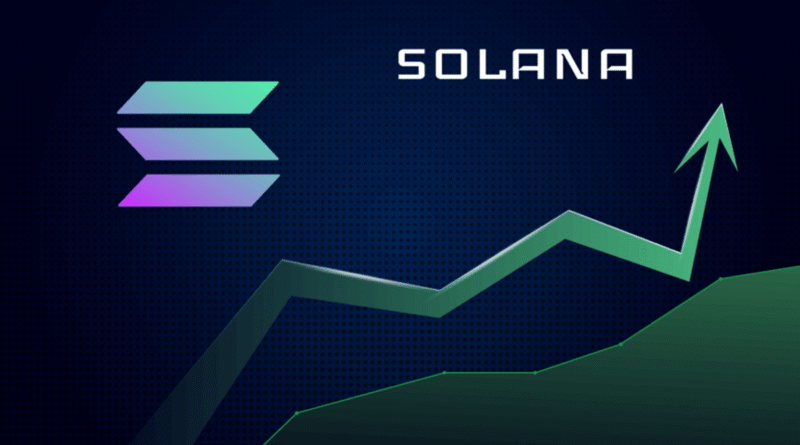How Solana Is Competing in a Crowded Crypto Market
The digital asset market is growing fast, with hundreds of projects promising faster transactions, lower fees, and better scalability. Among them, Solana has managed to stand outbut standing out in a space this competitive requires more than speed. It takes consistent innovation, developer support, and confidence from users and investors alike.
What makes Solana interesting is its design. The network combines proof-of-stake with a unique timing system called proof-of-history. This structure lets it process thousands of transactions per second while keeping costs extremely low. Many traders first notice it because transfers feel almost instant. This performance alone, however, doesn’t guarantee long-term success. Sustaining a lead means solving problems that go beyond speed.
One of the main challenges comes from perception. Early technical issues and outages drew criticism. Competitors used these moments to question reliability. Since then, the team has worked to strengthen infrastructure, upgrade nodes, and increase validator participation. These changes have improved uptime, restoring some confidence. Yet each new update must prove itself under real demand. A single disruption can still unsettle the market and influence Solana price within hours.
Another factor shaping competition is ecosystem growth. Solana’s advantage lies in attracting builders who create usable applications. Decentralised exchanges, NFT platforms, and gaming projects already operate on the network. Their activity brings users and transaction volumekey measures of a blockchain’s health. Developers praise the strong documentation and growing set of tools, while critics argue that centralisation risks remain. The reality likely lies between the two views.
Marketing also plays a part. The project invests heavily in partnerships with brands, sports teams, and global events. These collaborations help visibility but must be supported by genuine use cases to retain credibility. Awareness without utility rarely keeps investors engaged for long. The real test will be how well users continue adopting Solana-based apps when hype fades.
Competition from older blockchains like Ethereum remains intense. Ethereum has the advantage of maturity, larger developer numbers, and deep liquidity. But it also faces higher fees and slower speeds. Solana’s strategy is to provide a faster, cheaper alternative without compromising too much on security. New entrants like Avalanche and Aptos follow similar goals, which keeps pressure high and pushes all players to innovate faster.
Investor sentiment shapes much of the day-to-day market activity. When investors believe the project can expand faster than competitors, demand increases. If doubts arise about scalability or regulation, sellers take control. These shifts explain why Solana price can rise or fall even when fundamentals remain unchanged. Markets react as much to emotion as to data.
Regulation adds another layer of complexity. Governments are still deciding how to treat digital assetsas commodities, securities, or something new entirely. Projects that comply early may gain an advantage with institutional partners. Solana’s team has worked on transparency and partnerships with compliant exchanges to ensure access for global investors. This cautious approach helps build stability amid regulatory uncertainty.
Looking ahead, sustainability will be key. Networks that consume less energy and handle transactions efficiently appeal to both investors and policymakers. Solana’s low power requirements compared to proof-of-work systems support its long-term viability. It fits a future where performance and environmental responsibility matter equally.
Despite volatility, the project continues to evolve. Developers keep releasing updates, improving stability, and expanding ecosystem support. As competition intensifies, adaptability becomes the most valuable trait. In a market where reputation can change overnight, staying focused on usability may prove more effective than chasing headlines.
In short, Solana’s ability to compete doesn’t rest solely on technology or partnerships. It depends on how well it maintains trust while growing at scale. As long as innovation continues and the network delivers consistent performance, Solana price will remain a reflection of both its progress and the broader market’s belief in its potential.




